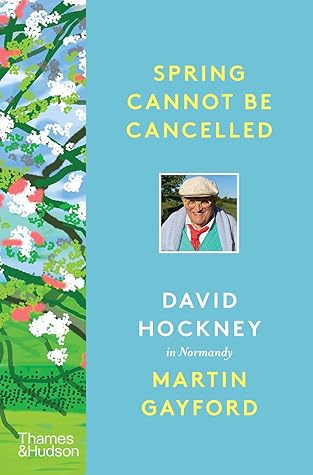More on this book
Kindle Notes & Highlights
Hockney would probably agree with Pablo Picasso’s remark, ‘When I create, the artists of the past stand behind me’ (and of course one of those most constantly in his thoughts is Picasso himself).
The lives of creative people may seem chaotic, and their surroundings may indeed be untidy. But, as Tim Harford argues in his book Messy, there are advantages in ‘the untidy, unquantified, crude, cluttered, uncoordinated, improvised, imperfect, incoherent, random, ambiguous, vague, difficult, diverse or even dirty’. Those are the circumstances in which insights are found and discoveries can be made.
But Hockney, like Walter Gropius, founding director of the Bauhaus, believes that pleasure is a requirement for art.
He deplores the puritanical attitude of the art world to enjoyment as much as he does the bossiness of the English.
Forgotten for much his lifetime, Duchamp had turned into a towering figure in contemporary art. His ideas – which came down to the assertion that art itself was an idea, and it was the artist’s thought that counted – underlay much that was happening in the 1970s: land art, installation art, conceptual art.
We have lost touch with nature, rather foolishly as we are a part of it, not outside it. This will in time be over and then what? What have we learned? I am almost 83 years old, I will die. The cause of death is birth. The only real things in life are food and love, in that order, just like our little dog Ruby, I really believe this and the source of art is love. I love life.’
Artists find interest in everyday details that almost anyone else would ignore.


